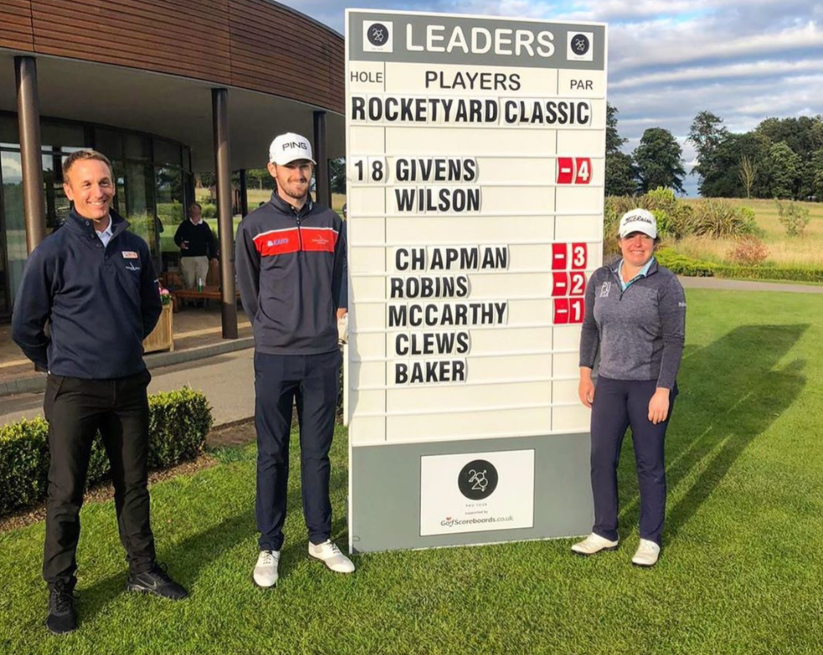Brandel Chamblee thinks Jon Rahm penalty sets "DANGEROUS PRECEDENT"
Golf Channel analyst Brandel Chamblee believes the PGA Tour was wrong to issue Jon Rahm with a penalty at the Memorial Tournament.
.jpg?width=1600&aspect_ratio=16:9)
Golf Channel analyst Brandel Chamblee has leapt to the defence of Jon Rahm and believes he was unfairly given a 2-shot penalty at the 16th hole during last week's Memorial Tournament at Muirfield Village.
The penalty incident didn't effect the result as Rahm went on to win by three shots and claim his fourth PGA Tour title, but it certainly tarnished what was possibly the greatest chip-in of the Spaniard's career.
After missing the green at the par-3 16th hole at Muirfield, Rahm was under pressure as his giant lead had started to shrink, but the 25-year-old flicked the ball into the air, before it landed softly on the fringe and rolled into the hole for a birdie.
Rahm was told after winning the tournament that PGA Tour rules guru Slugger White was waiting to speak to him to explain that he would be receiving a 2-shot penalty at the 16th, after high-definition and ultra-zoomed cameras revealed that Rahm's ball had moved ever so slightly as he lay his club to rest.
The penalty caused a mass debate among golf fans, with some saying that Rahm should have been told during play and others furious that he was penalised in the first place, as the PGA Tour had made it clear that the "naked eye" rule should apply when using video evidence, which didn't seem to be the case in this incident.
RELATED: Jon Rahm PENALTY causes HUGE DEBATE on Twitter
After discussing the penalty incident on Golf Channel, Chamblee also took to Twitter to display his rather negative feelings towards the PGA Tour for applying this ruling on Sunday.
This ruling just set a dangerous precedent on tour & will encourage the very thing the HI Def rule was meant to deter. Hi Def scrutiny now looking at this ruling as the barometer for equity, ready to convict a player for something he could reasonably argue he didn’t/couldn’t see. https://t.co/BW3Vcv2yTi
— Brandel Chamblee (@chambleebrandel) July 20, 2020
"This ruling just set a dangerous precedent on tour & will encourage the very thing the HI Def rule was meant to deter. Hi Def scrutiny now looking at this ruling as the barometer for equity, ready to convict a player for something he could reasonably argue he didn’t/couldn’t see," tweeted Chamblee.
One golf fan responded to the tweet saying that Rahm's ball "absolutely moved" and Chamblee was quick to respond: "That’s hardly the point, but if it did, it did marginally. The point is you were watching from a zoomed in Hi Def position, denied the player. Not a chance this penalty goes unargued by a large number of players."
The 'Hi Def' rule that Chamblee is speaking of was introduced to stop cameras being the deciding factor when making a ruling, as in many occassions a player may not have seen the infringement with the naked eye and may not have breached the rules.
The USGA naked eye and video evidence ruling states:
1. When Video Evidence Reveals Things that Could Not Reasonably be Seen with the Naked Eye. The use of video technology can make it possible to identify things that could not reasonably be seen with the naked eye. Examples of this include:
• When a player unknowingly touches a few grains of sand in a backswing with a club in making a stroke from a bunker.
• When a player is unaware that the club struck the ball more than once in the course of making a single stroke.
In such situations, if the Committee concludes that such facts could not reasonably have been seen with the naked eye and the player was not otherwise aware of a potential breach of the Rules, the player will be deemed not to have breached the Rules, even when video technology shows otherwise. See also Decision 18/4. In applying this “naked eye” standard, the issue is whether the facts could have been seen by the player or someone else close by who was looking at the situation, not whether the player or anyone else actually saw it happen.
The point that Chamblee and many other golf fans is ultimately making, is that Rahm's ball barely moved and would have been pretty much impossible for him to see with his own eye and therefore inform an official of the situation, meaning that the 'naked eye' rule should have been applied.
Another point that many have made is that it is highly likely that other players faced similar situations throughout the tournament, but wouldn't have seen it with their own eyes and may not have been on camera at the time, making it unfair that Rahm was penalised solely based on camera evidence.

.jpg?width=1600)